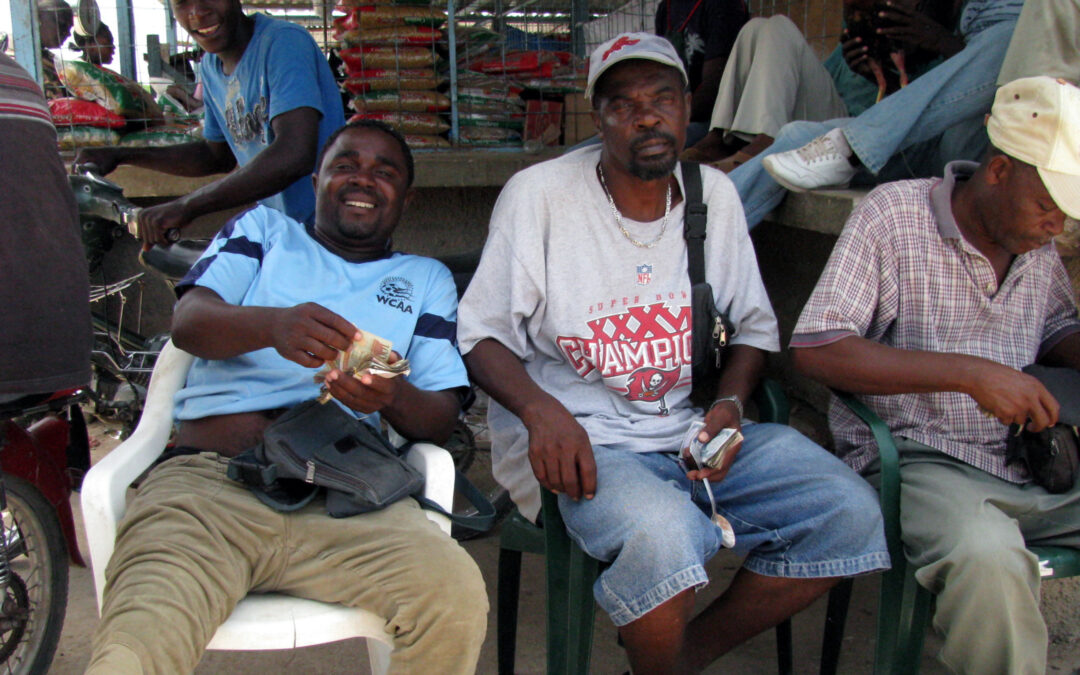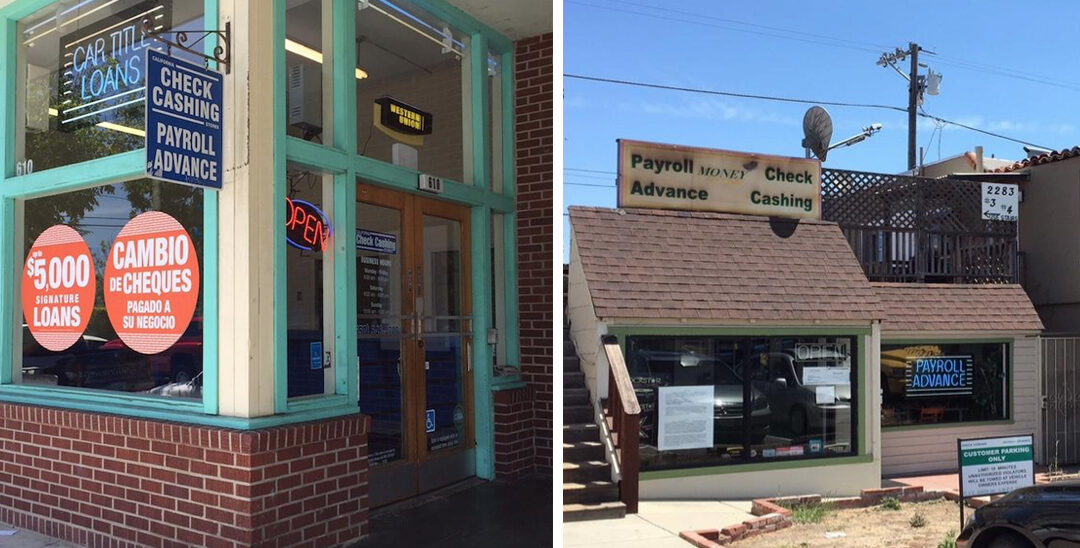On 1 June, 2012, I arrived at the British Museum to attend the opening of its newly renovated Citi Money Gallery. This was an exciting moment for me: inside was a display of money-related objects and images from Haiti that I collected with Heather Horst and Espelencia Baptiste for a research...


